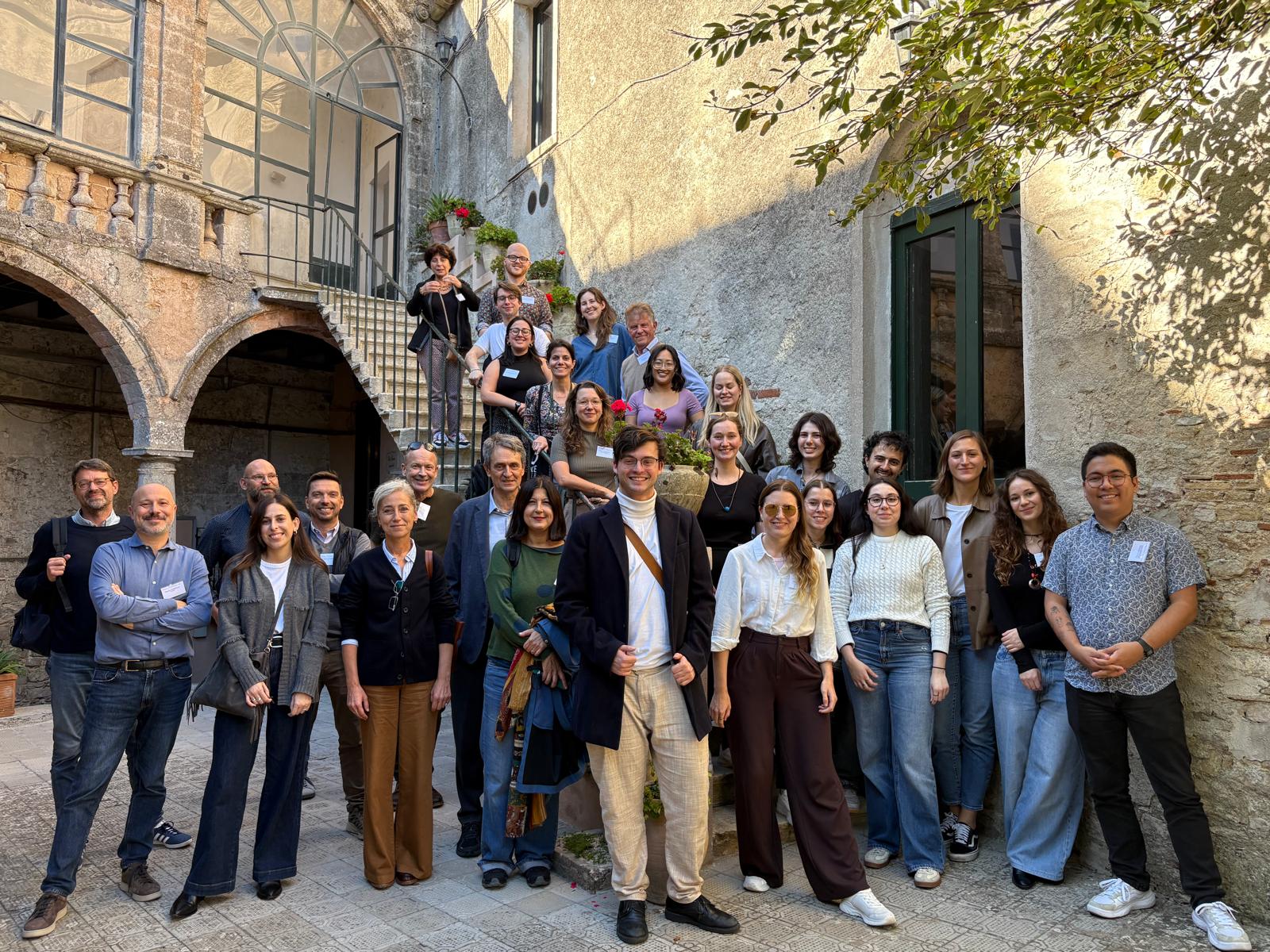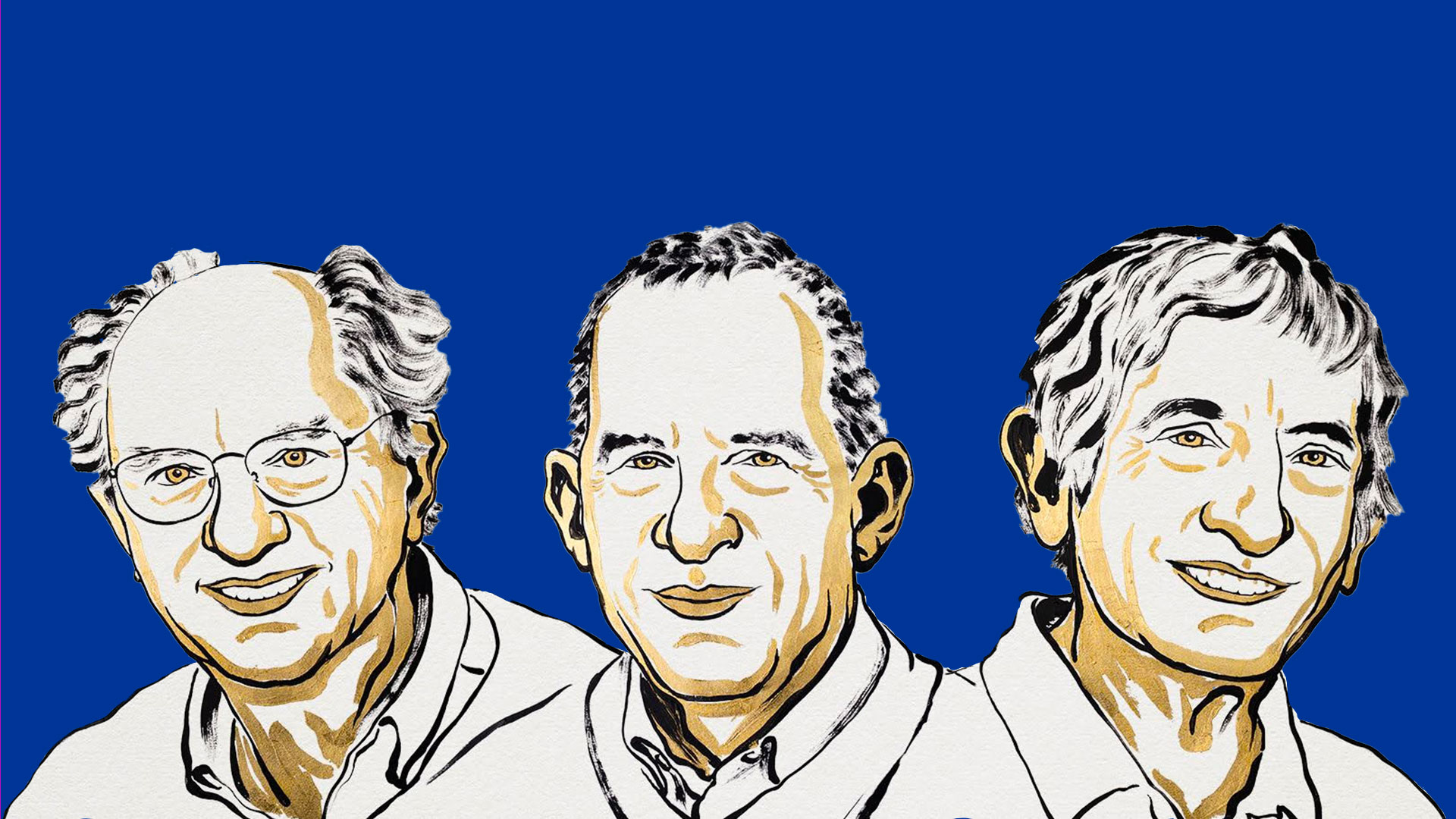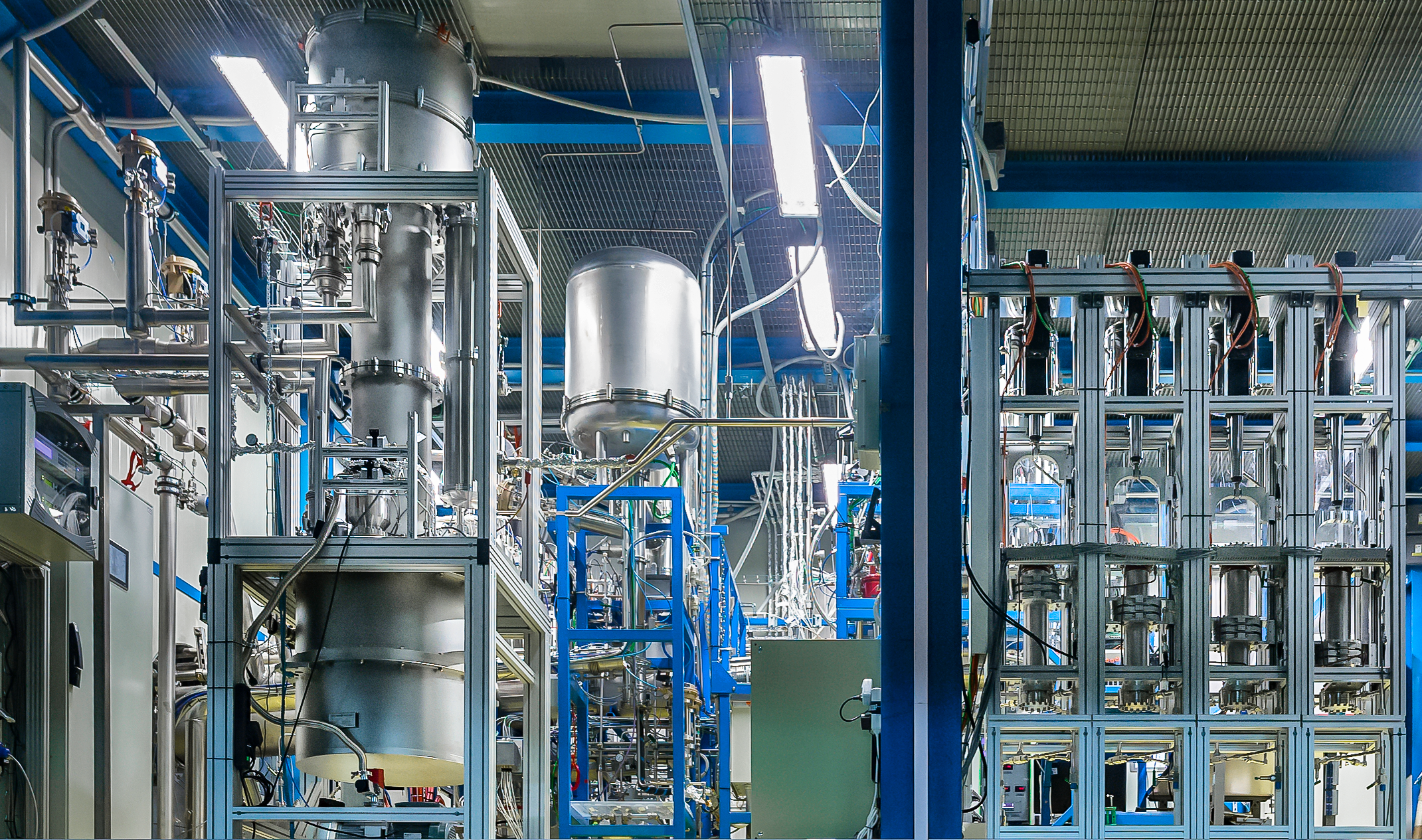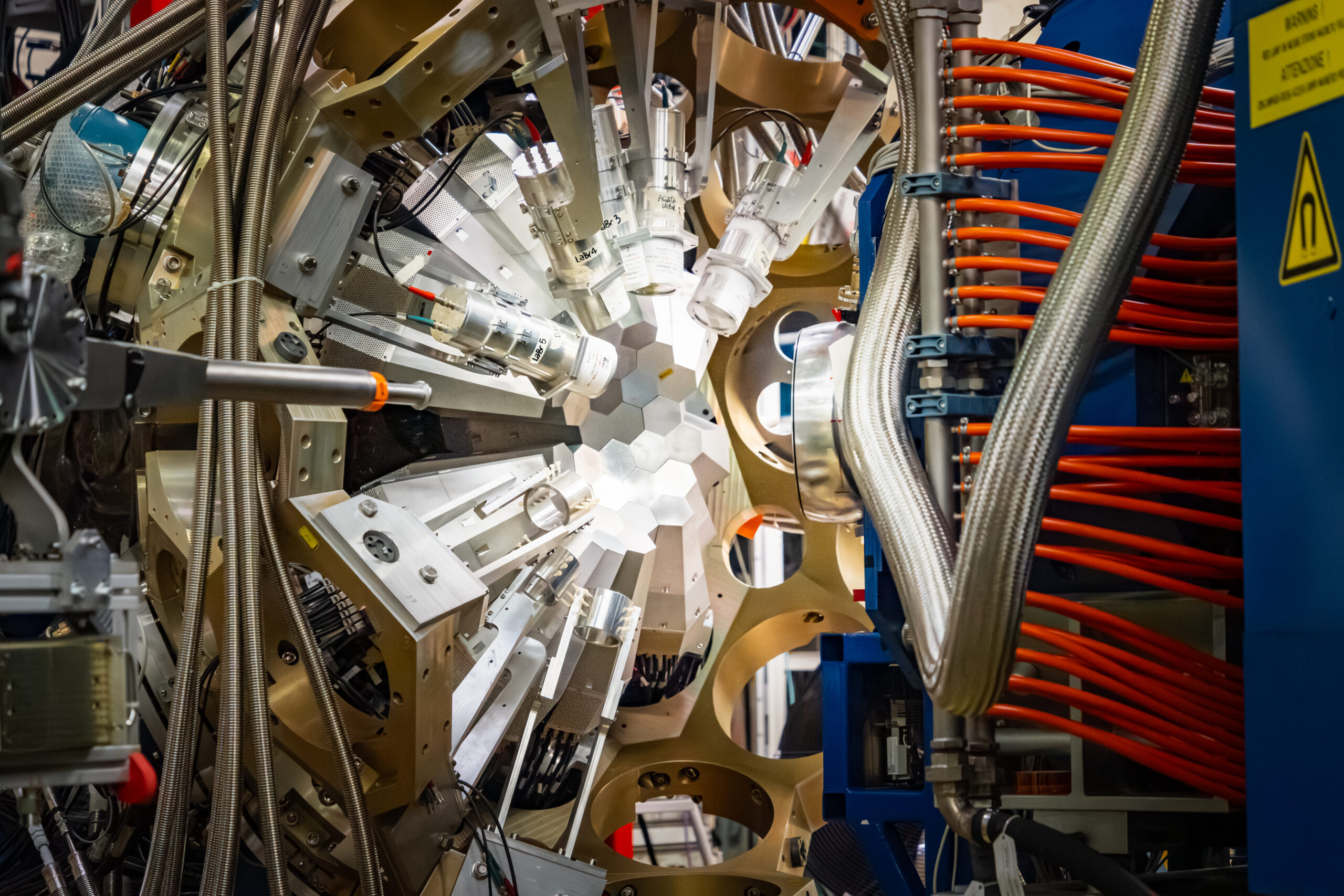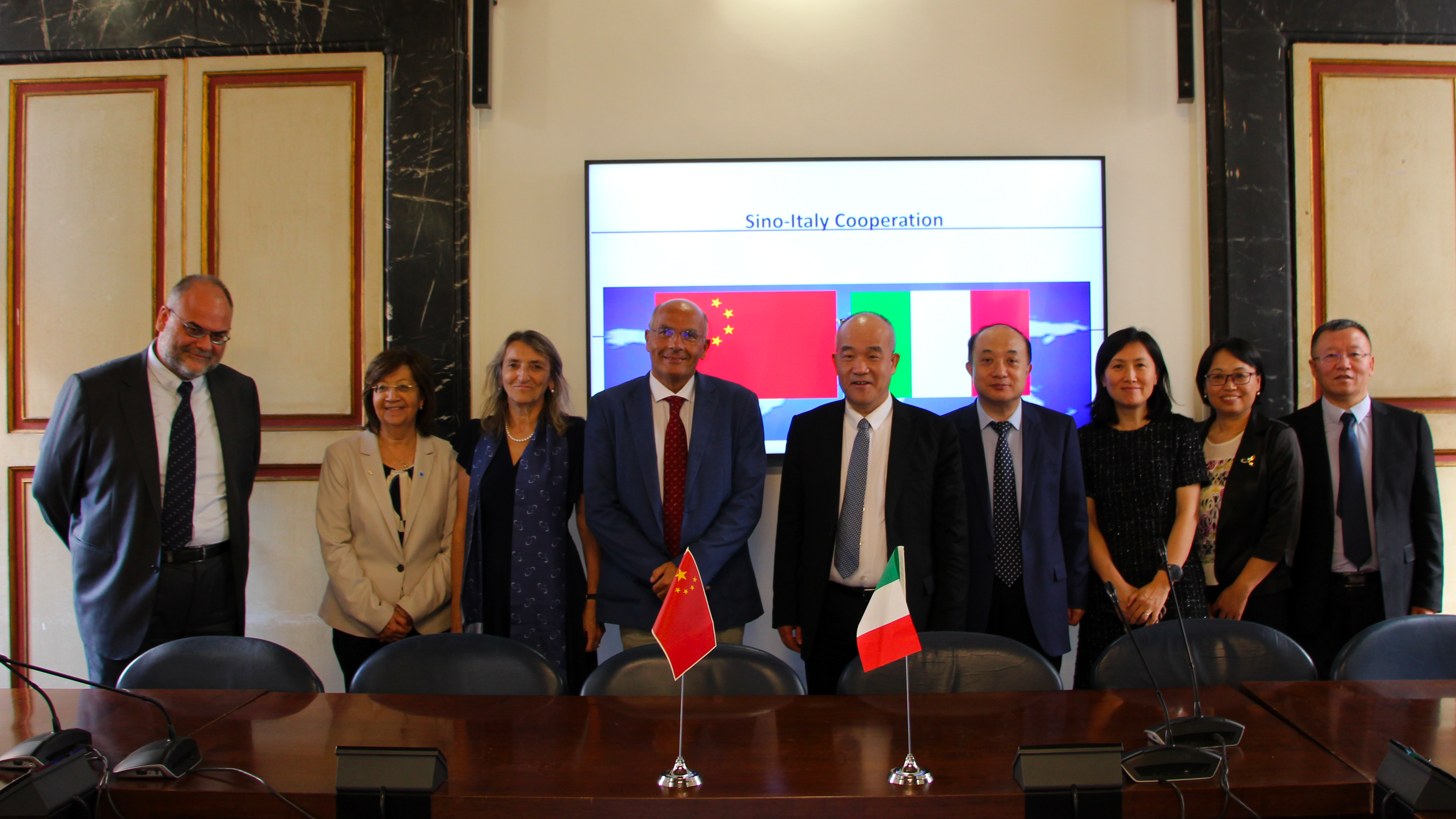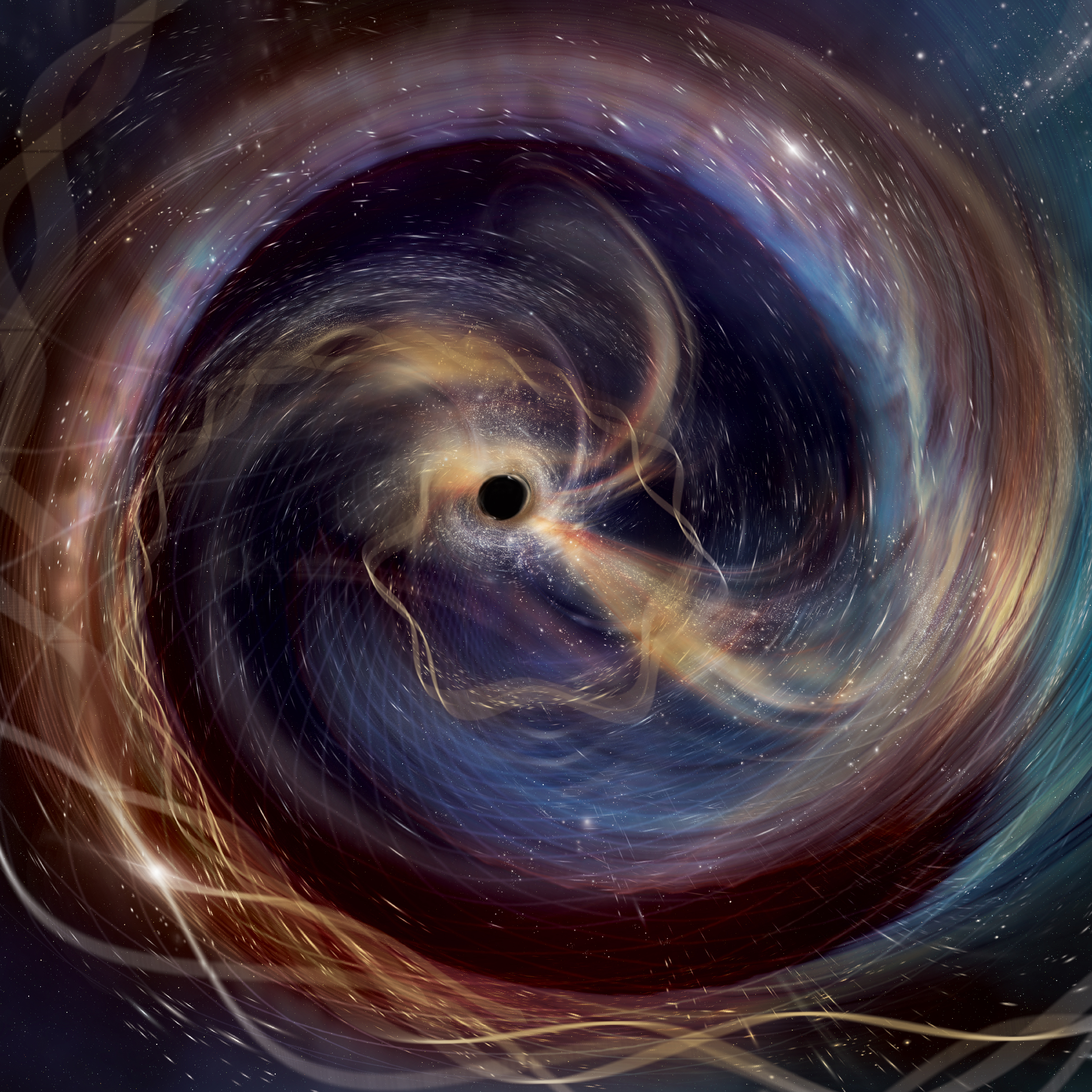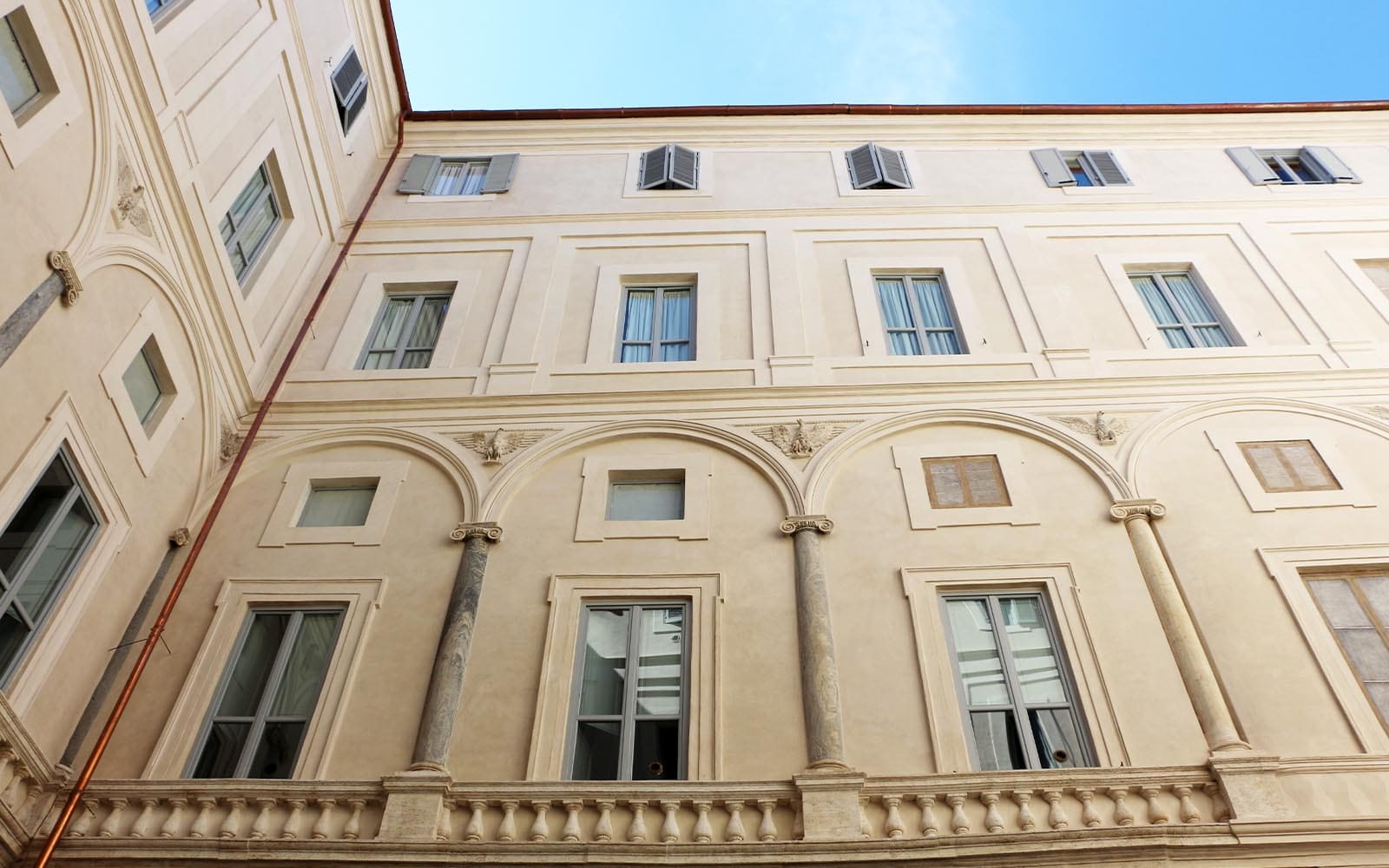The Italian National Institute for Nuclear Physics
shares the feelings of horror, sorrow, indignation, anguish for the dramatic humanitarian crisis being suffered by the Palestinian population as a result of the military actions undertaken by the Israeli Government in the territory of the Gaza Strip. The brutal terrorist attack carried out by Hamas on 7 October 2023 can in no way justify what is being inflicted upon Palestinian civilians, who are the victims of continuous attacks, bombings and famine.
It condemns the actions that have caused and continue to cause thousands of civilian deaths, including a great many children. It also condemns the obstruction of access to humanitarian aid, in blatant violation of international humanitarian law, and the destruction of essential civilian infrastructure. This tragedy has led the International Court of Justice to declare the risk of a violation of the Genocide Convention, a position confirmed by a special United Nations commission which concluded that Israel’s conduct of war in Gaza “displays elements characteristic of genocide”.
It recalls that the fundamental principles enshrined in the Italian Constitution and in international law require respect for human rights, the rejection of war, and the promotion of peace and cooperation among peoples.
It reaffirms the steadfast commitment of the scientific research community to peace, as expressed in recent weeks by staff of Public Research Institutions and Universities, as well as by various scientific and academic bodies. It endorses the words of the appeal by the Accademia Nazionale dei Lincei to “recognise the non-negotiable sanctity of the lives of children, women and men, including in the Gaza Strip”.
It expresses appreciation for the positions taken by the Israel Academy of Sciences and Humanities and by the rectors of the main Israeli universities, who have called upon the Israeli Government to take clear and decisive action to safeguard human life in the Gaza Strip.
It maintains that dialogue and diplomacy are the means by which conflicts should be resolved, and it emphasises the importance of the role of scientific and cultural diplomacy as a tool for building international cooperation in the service of peace.
It undertakes to promote specific measures to support students and researchers from Palestine and from other areas affected by conflict; to encourage scientific and educational cooperation initiatives with institutions from all countries in order to contribute to the advancement and strengthening of a culture of peace, dialogue and inclusion; to reaffirm the role of the scientific community as one committed not only to the advancement of knowledge but also to the protection of fundamental rights and to the creation of conditions for peaceful coexistence among individuals and peoples; to uphold the very nature and foundations of science as a space for cooperation, dialogue and peaceful and collaborative exchange among people and nations, beyond every border, every difference and every conflict.
